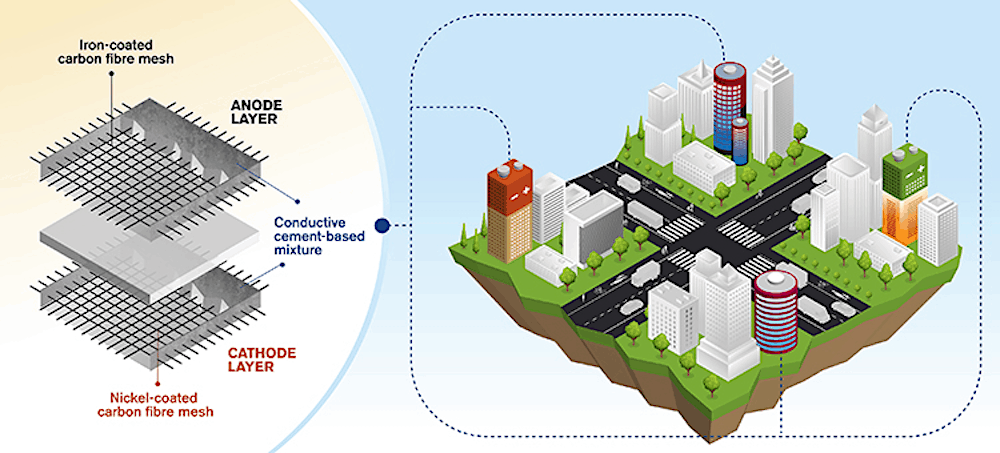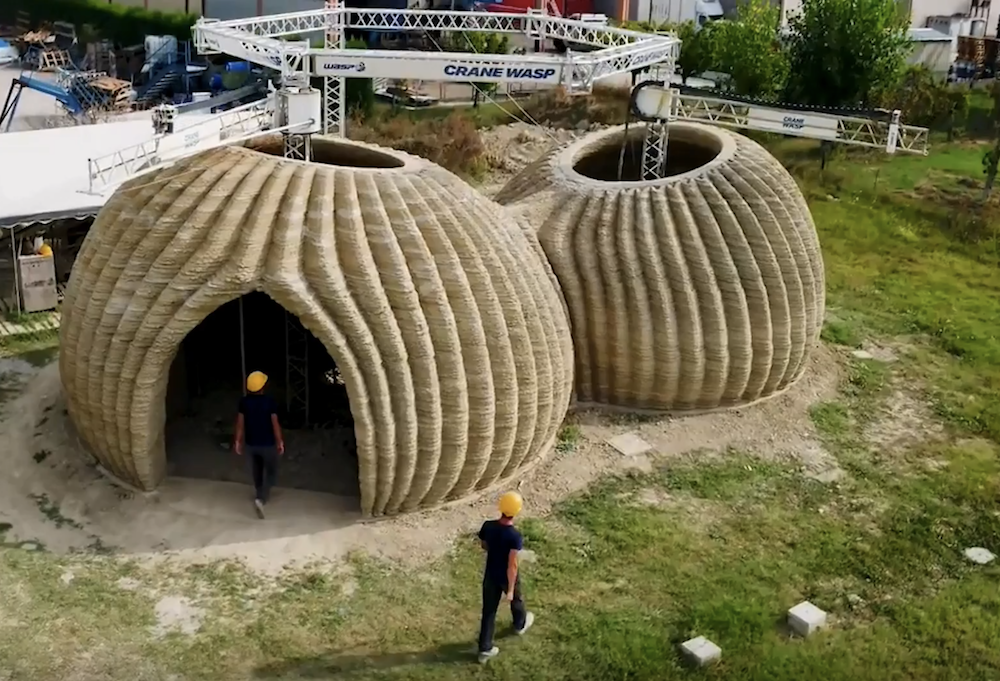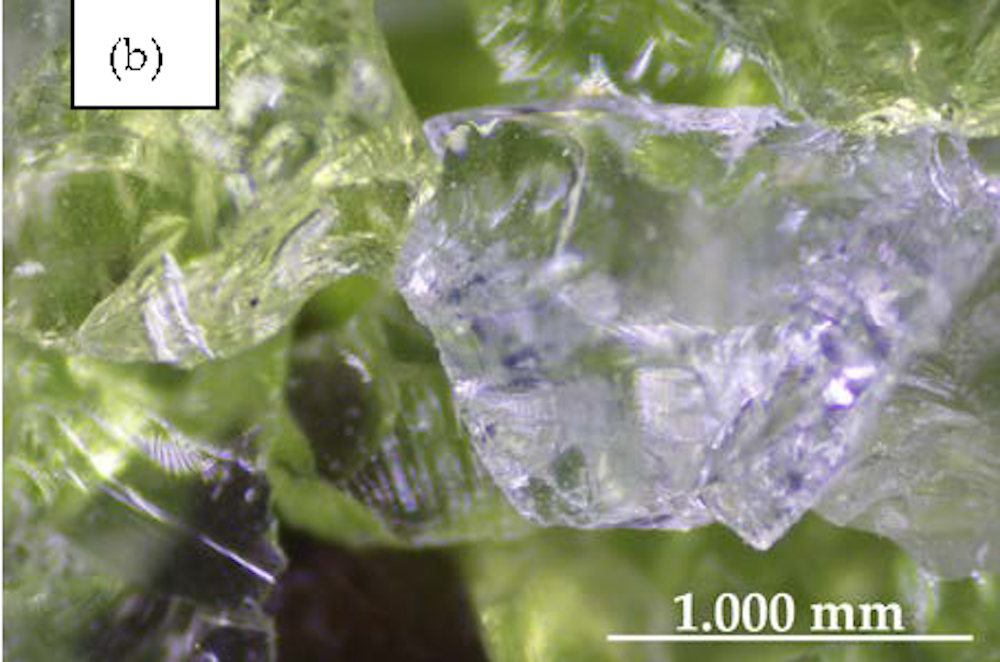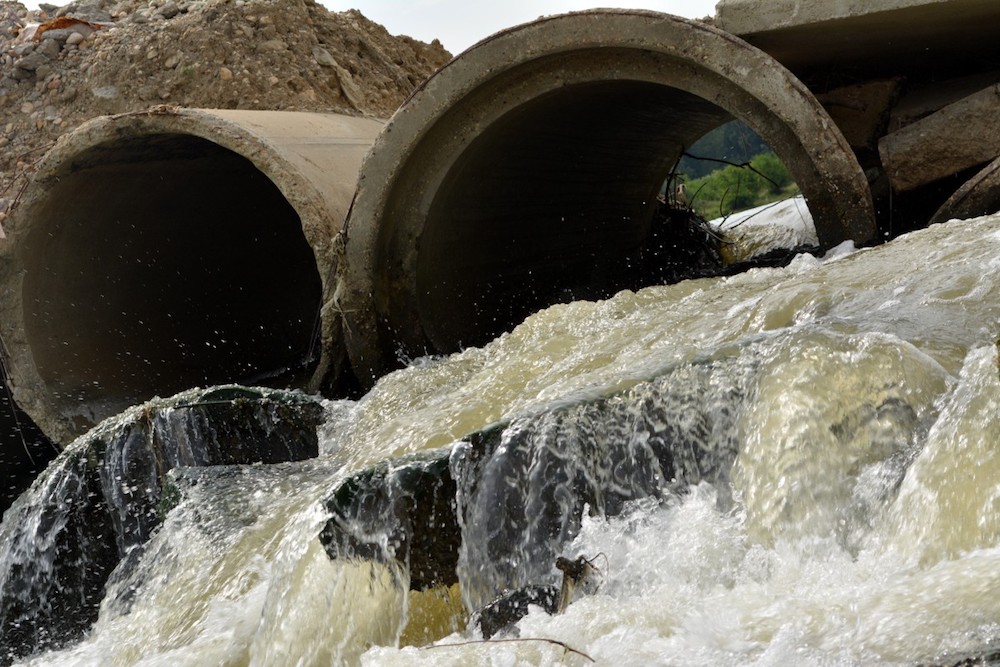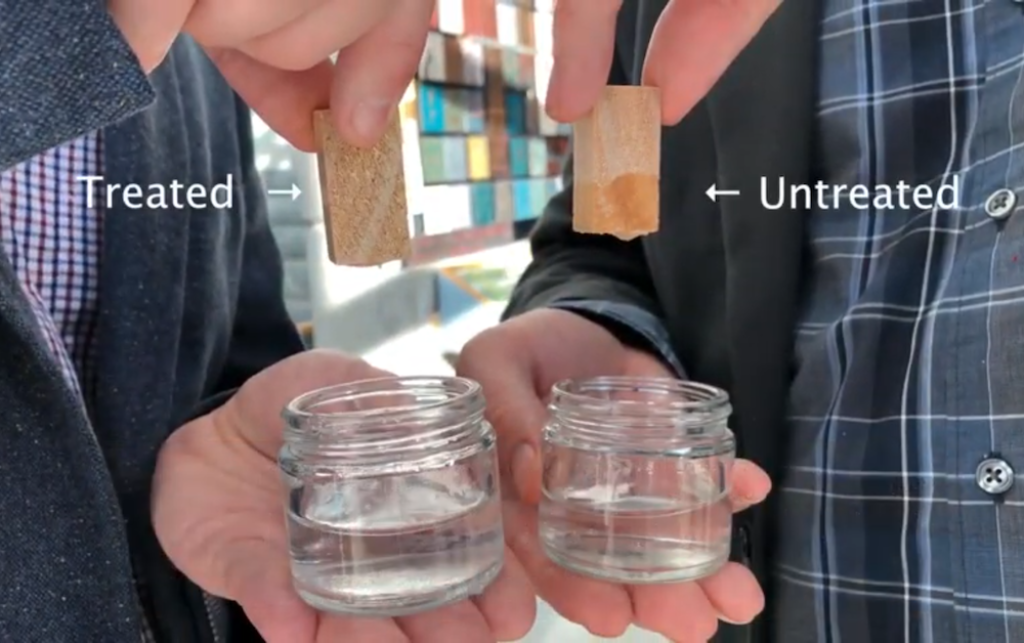The heat island effect is a major problem for many big cities, and relying on air conditioning for cooling can be expensive and increase air pollutants. Several initiatives in Dakar, the capital of Senegal, look to combat the heat using environmentally friendly and sustainable solutions.
Read MoreAs renewable energy technologies become more widely deployed, we need a way to store all of the generated energy. Two researchers from Chalmers University of Technology in Sweden explored creating a cement capable of storing energy, an ability that would allow future buildings to essentially serve as giant batteries.
Read MoreMany companies creating 3D-printed homes rely on using concrete or synthetic materials like plastic, materials not always readily available in all parts of the world. In Italy, Mario Cucinella Architects and 3D printer manufacturer WASP are collaborating to design a 3D printing process for homes that uses local soil.
Read MoreSince 1989, the Brick Industry Association has sponsored the Brick in Architecture Awards to recognize exceptional uses of clay brick in architecture. The 41 global winners for the 2020 awards include entries spanning the United States, Australia, Canada, China, and Germany.
Read MoreSubstituting waste materials for cement in concrete helps lower the concrete industry’s carbon emissions and keeps waste materials out of landfills. However, large amounts of glass cullet in concrete will decrease the concrete’s mechanical properties. Researchers in Poland investigated reinforcing the cement–glass composite using plastic fibers.
Read MoreTo date, recycling of building rubble into new construction products is limited because the material does not meet strict building regulations. A new £6 million project led by Manchester Metropolitan University and partners across Europe aims to overcome this limitation using additive manufacturing because products produced this way are not subject to the same building restrictions.
Read MoreNumerous factors contribute to failure of concrete sewer pipes. Researchers at The Ohio State University used a surrogate model to identify which factors play the largest role in these failures, isolating critical areas for improvement.
Read MoreHumans’ voracious sand consumption for infrastructure activities threatens global supply of this critical natural resource. But do we even know how much sand we are consuming worldwide? New research shows that we’ve been calculating the basic unit all wrong.
Read MoreThough fiber cement is gaining ground, brick continues to be a popular material for exterior house walls. The Brick Industry Association put together a video highlighting some of the brick trends for 2020 in home and commercial exteriors and interiors.
Read MorePressure treatment is a method to prevent wood rot, but it does have its downsides. Researchers at the Georgia Institute of Technology explored treating wood using atomic layer deposition and found they could manage moisture content, mold growth, and thermal conductivity.
Read More

